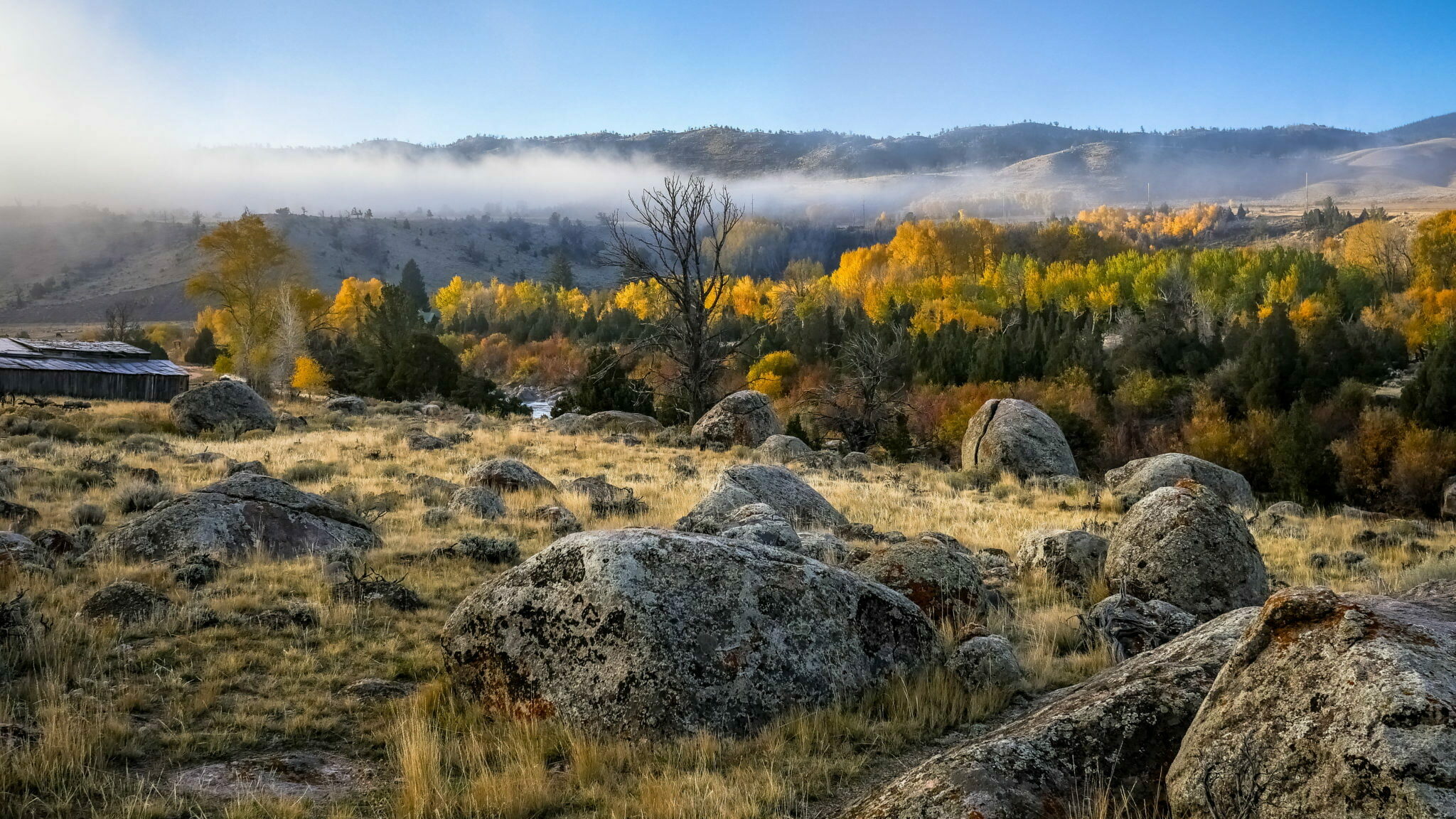August 9, 2022
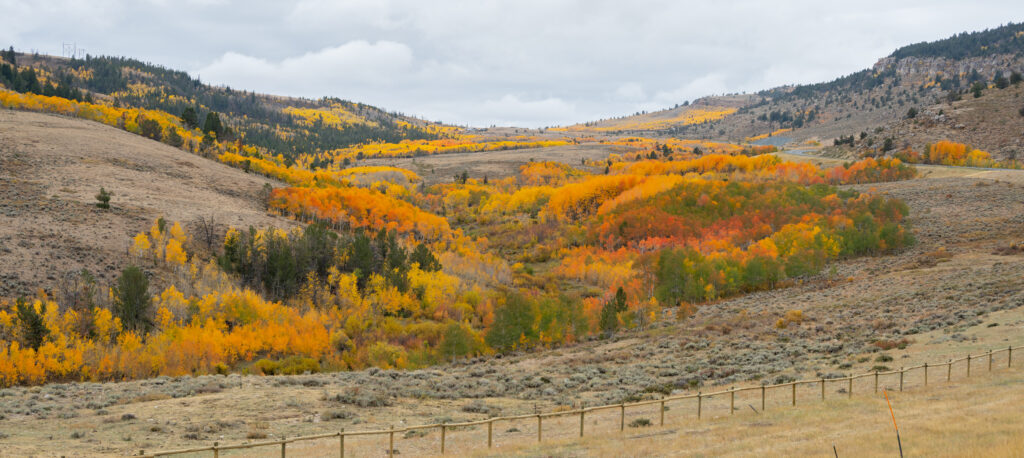
The remarkable geological and wildlife destination of Yellowstone National Park receives visitors all year round. A short distance away, Wyoming’s Wind River Country provides breathtaking landscapes, and we often say that autumn is our best kept secret. Nights are cool and days are still long enough to fill with sight-seeing and exploration. The colors begin to change from greens to reds, oranges and yellows. Fish are biting and wildlife is active. Outdoor recreation abounds with opportunities from hunting and fishing to climbing and mountain biking. Set your GPS to go beyond Yellowstone because Wind River Country in the fall awaits.
Riverton: The community of Riverton is known as the Rendezvous City because of its history in the days of fur trappers and traders, and it still lives up to the name. Gather here and participate in local events and explore the unique landscape surrounding it.
Castle Gardens is a natural development of stark white spires and ancient petroglyphs. Boysen Reservoir and State Park is a mingling of desert and vast waters, and it leads to the dramatic Wind River Canyon. The 1838 Mountain Man Rendezvous Grounds is the true location of the original rendezvous. Here you can walk in the same footsteps as historical traders.
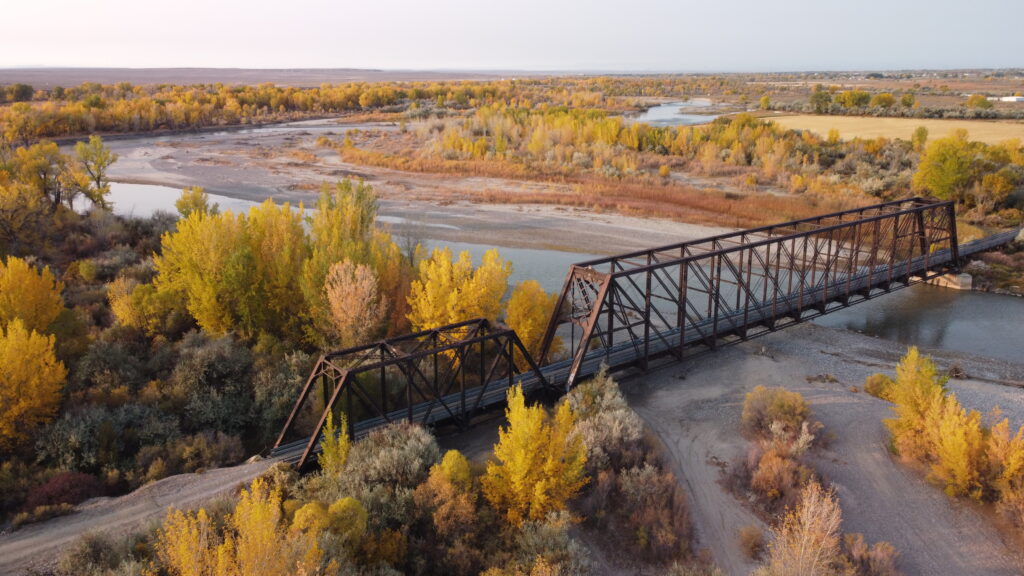
Take a stroll or bike ride along the Wyoming Heritage Trail, once a busy railroad that has since been transformed into a scenic path that stretches 22 miles from Riverton to Shoshoni. Equestrians and ATVs are also allowed on the trail. You’ll experience a variety of unique Wyoming landscapes, including views of changing foliage along the river, open fields, sand dunes and high desert plains, as well as historical monuments such as the Historical Black Bridge.
Learn about the history of the Rendezvous City at the Riverton Museum, and explore the numerous Wyoming wildlife mounts and historical wax figures at the Wind River Heritage Center. Top it all off by trying some of the local cuisine, from fresh wood-fired pizzas to juicy local beef burgers and steaks.
Wind River Indian Reservation: Just beyond Riverton, you’ll find the Wind River Indian Reservation, home to the Eastern Shoshone and Northern Arapaho tribes. Take a couple of hours and follow the Wind River Indian Reservation driving tour to learn more about the region, its history and the enduring culture.
Ethete and St. Stephens have a rich history, and the stories surrounding them provide a peek into both the past and the present. The Heritage Center at St. Stephens and the Arapaho Cultural Museum in Ethete both provide insight into the tribe and some of its traditions.
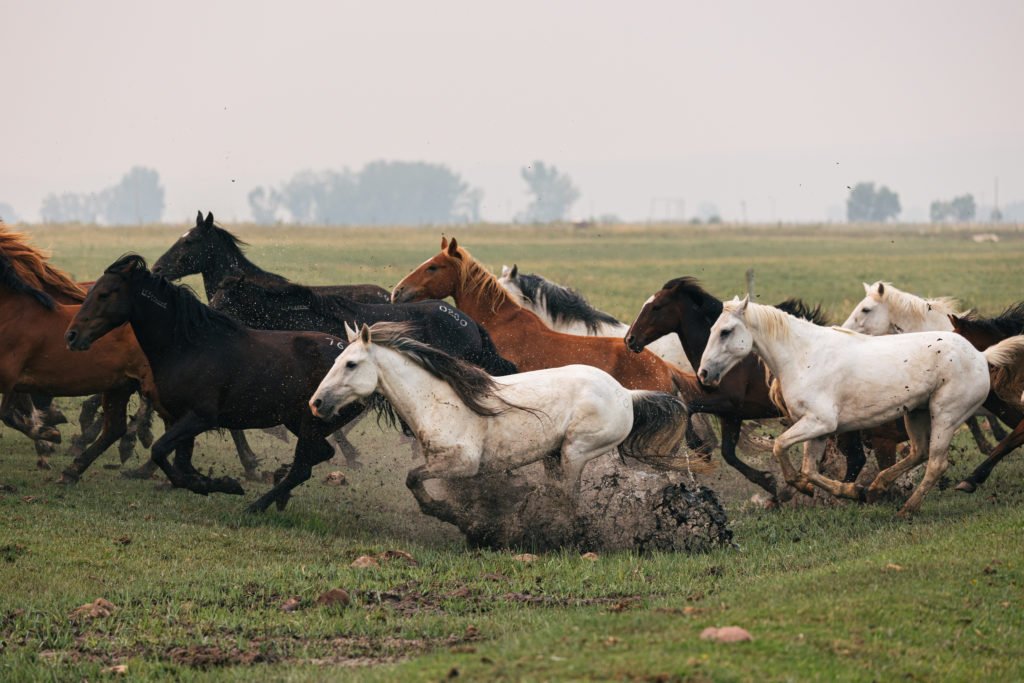
The Wind River Wild Horse Sanctuary welcomes visitors to learn about wild mustangs, Native American culture and life on a working ranch on the Wind River Indian Reservation. Take a tour via horse-drawn wagon or ATV and feel the ground tremble as the wild horses run.
Fort Washakie is home to the Shoshone Tribal Cultural Center and the cemeteries where both Chief Washakie and Lewis and Clark’s Shoshone guide, Sacajawea, are buried. You will also find the Wind River Trading Company that features locally made Native American artwork, including hand-tanned leather goods, beadwork and drums.
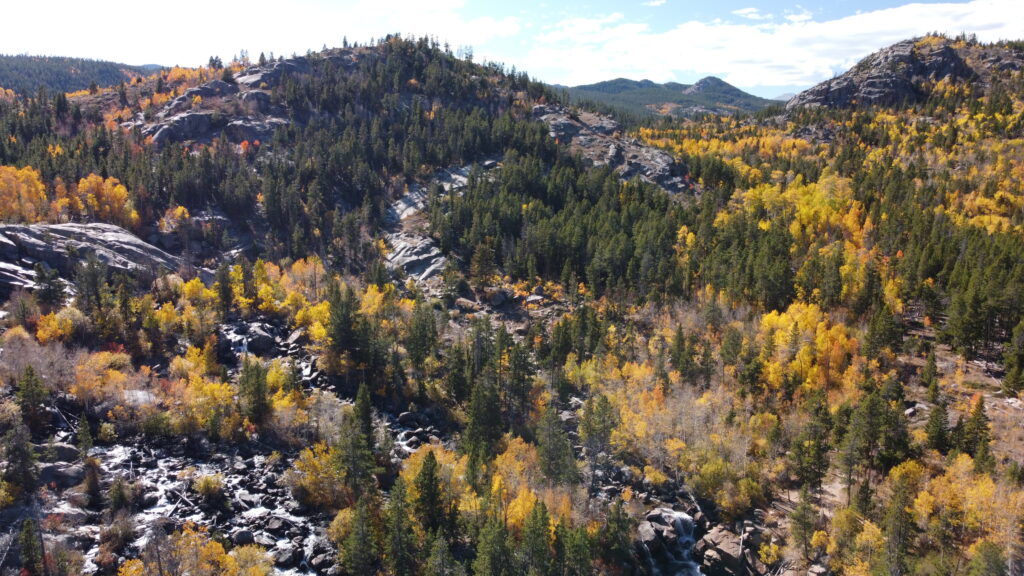
Lander: Lander is nestled in the foothills of the Wind River Mountains and offers a multitude of outdoor recreation opportunities as well as plenty of shops and restaurants. Soak up the art on Main Street, dine on locally sourced meals, and sip beverages at the local microbrewery. Check out the history of Lander at the Fremont County Pioneer Museum and the Museum of the American West.
As the hot summer heat dissipates, time spent outside gets cooler and cooler, with crisp air and the feel of autumn. Mountain bikers and climbers like to take full advantage of fall in Wind River Country. Trails are dry and are well maintained after a summer of use. There are multiple races, rides and clinics for mountain bikers in the fall.

Local climbers fully embrace “Send-tember” and “Rock-tober.” Cooler temperatures make for ideal conditions: high friction with the rock and less sweaty hands than in the summer months.
Trek through Sinks Canyon State Park and as deep into the Wind River Mountains as your legs desire. The Popo Agie Falls Trail is a fall favorite among locals. Watch the aspens turn gold as you hike along the Middle Fork of the Popo Agie River and ascend just 1.5 miles of trail until you reach the cascading falls.
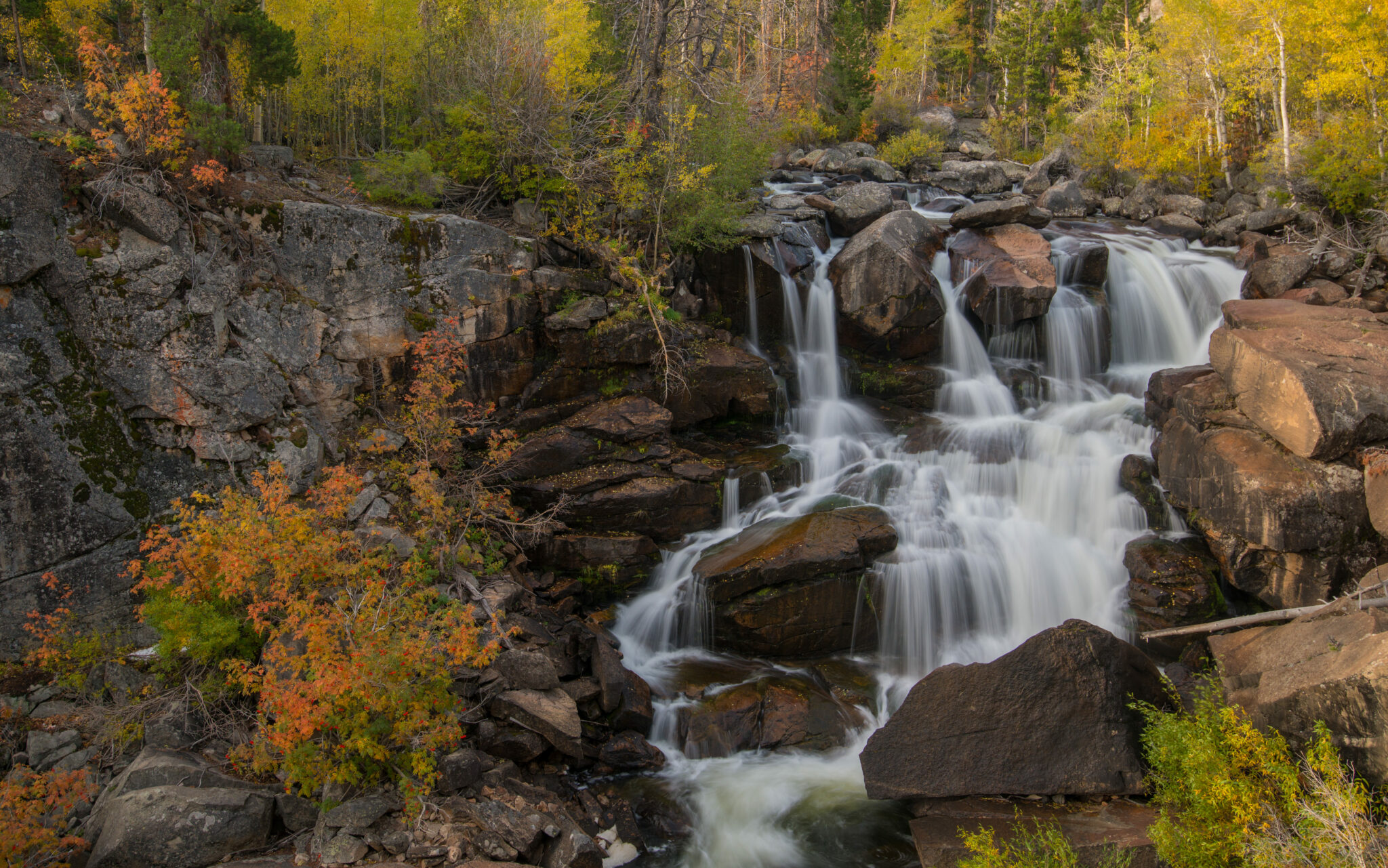
Fall is also a prime season for fishing in Wind River Country. Species like brown trout are setting up to spawn once the temperatures begin to cool down. Some of the bigger fish start to feed more aggressively to put on weight for the winter ahead. These factors can make for a good time out on the streams and rivers.
Dubois: The small cowboy town of Dubois has a lot to offer. Stroll the boardwalk sidewalks and wander among the wooden buildings with tall facades while you consider its Norwegian lumberjack history. Dubois cuisine ranges from barbeque, pizza and wings to a hearty brunch at local cafes.
There are 2.4 million acres of national forest surrounding Dubois. Recreational opportunities include many scenic areas, camping, fishing, hunting, horsepacking, hiking, photography and a large array of remarkable views for the artist. The crisp fall air and changing leaves will draw you in and add a dramatic touch to all your photos.
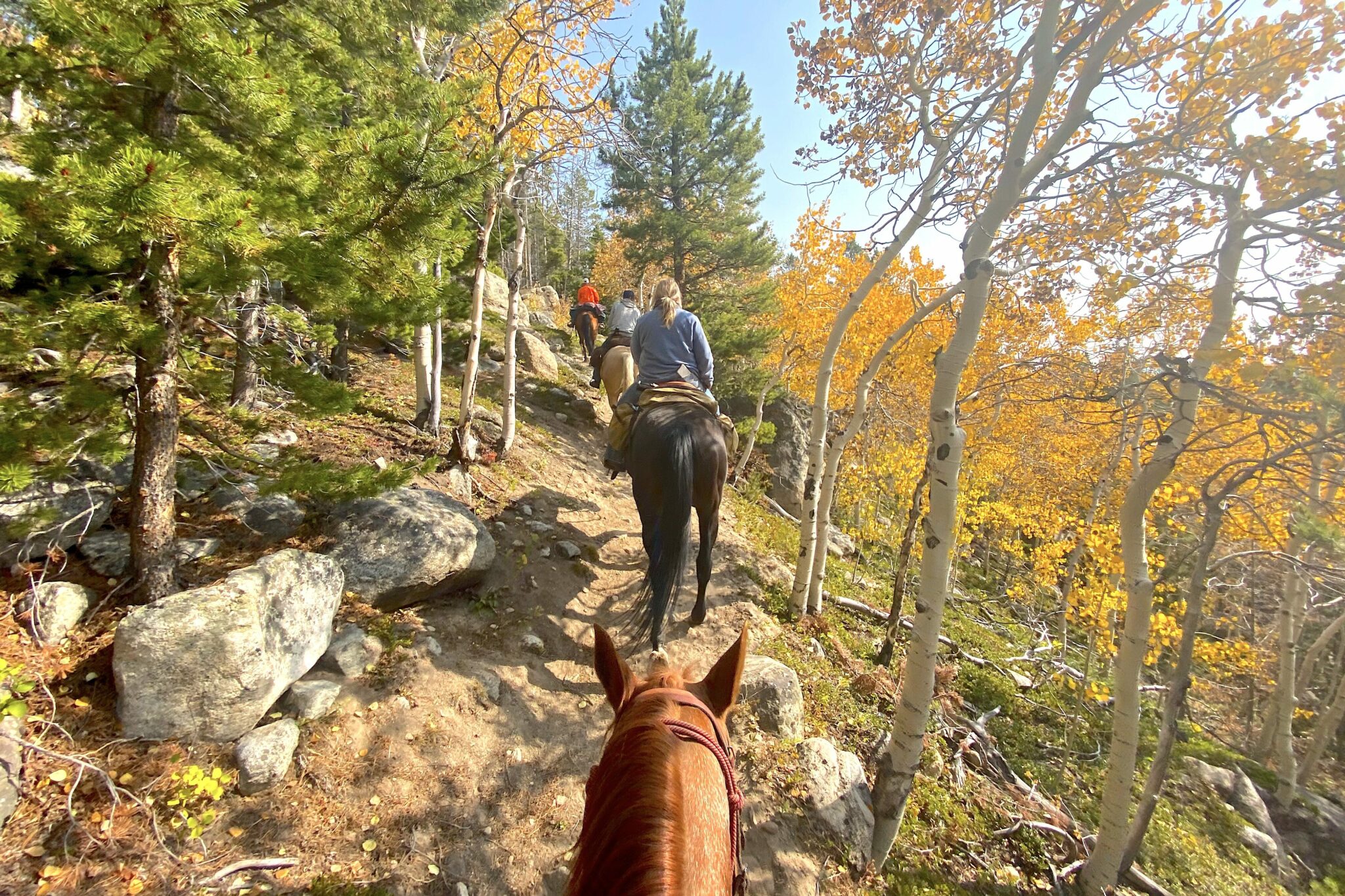
Just outside of town, you can watch North America’s largest wintering herd of Rocky Mountain bighorn sheep. Autumn is the ideal time to spot the herd, as the rams rut in the fall in dramatic fashion, smashing their curled horns against each other in a stinging show of brute force.
Dubois has three stellar museums that can’t be missed. Just a few miles southeast of town is the National Museum of Military Vehicles. At 140,000 square feet with nearly 500 fully restored military vehicles, artillery pieces, naval vessels and aircraft, it’s the world’s largest private collection of military vehicles. In town, the Dubois Museum & Wind River Historical Center is dedicated to the history of the Upper Wind River Valley in Wyoming. Stop by and tour seven historical cabins and artifacts from the Precambrian Era and extending through the end of the timber industry in the 1980s. On the same block, the National Bighorn Sheep Center features dioramas with full-scale taxidermy mounts that recreate the bighorn sheep habitat, interactive exhibits and wildlife films for the whole family.
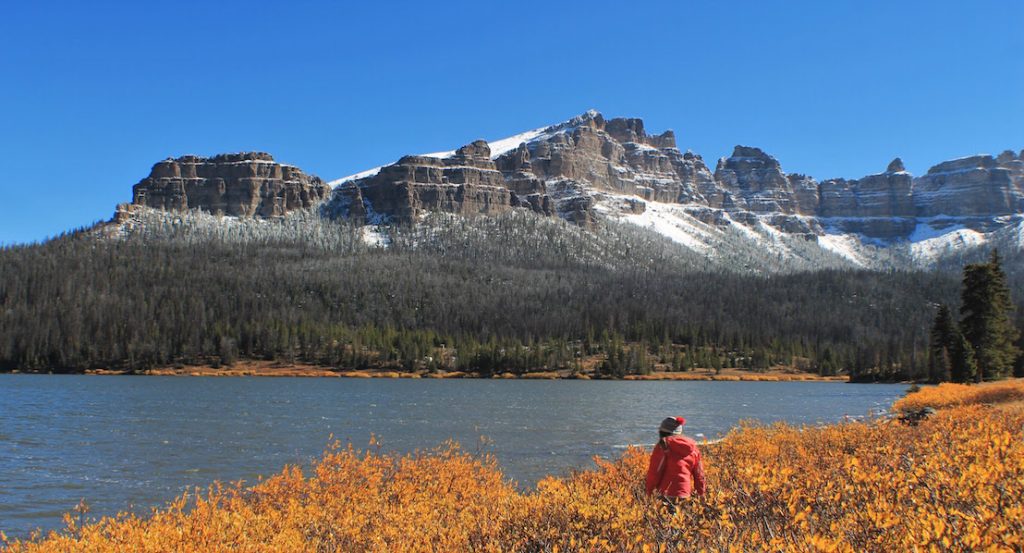
Take your time driving Togwotee Pass so you can appreciate its ruggedly wild beauty on trails to hidden gems like petroglyphs and waterfalls. You’ll be greeted with sweeping colorful views of the Breccia Cliffs and opportunities to explore, photograph, fish, swim, hike and much more. Places like Wind River Lake, Brooks Lake, the Continental Divide Trail and Brooks Creek Falls await.
Enjoy the “shoulder season” with smaller crowds and room to breathe. Wind River Country offers unforgettable adventures and breathtaking scenic views with every season, but the magic of the warm colors and chillier days of fall makes this place that much more special.
